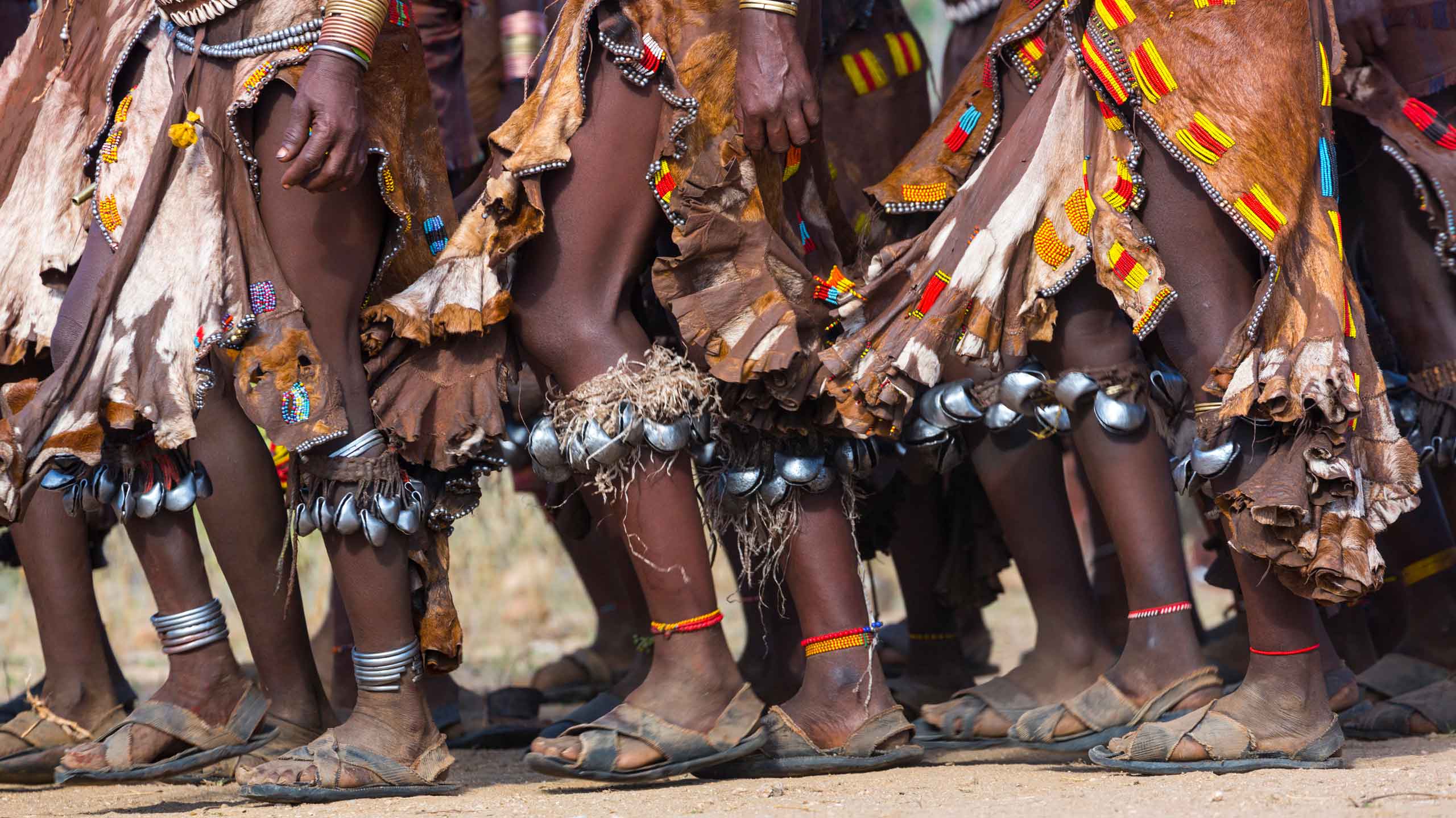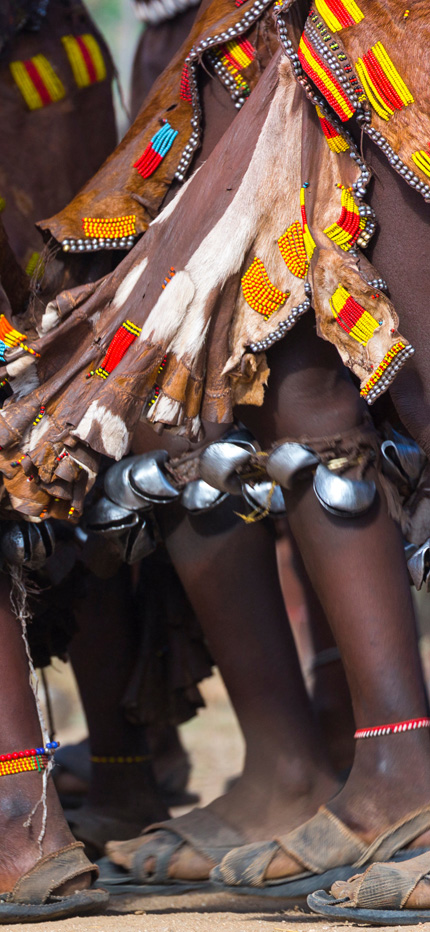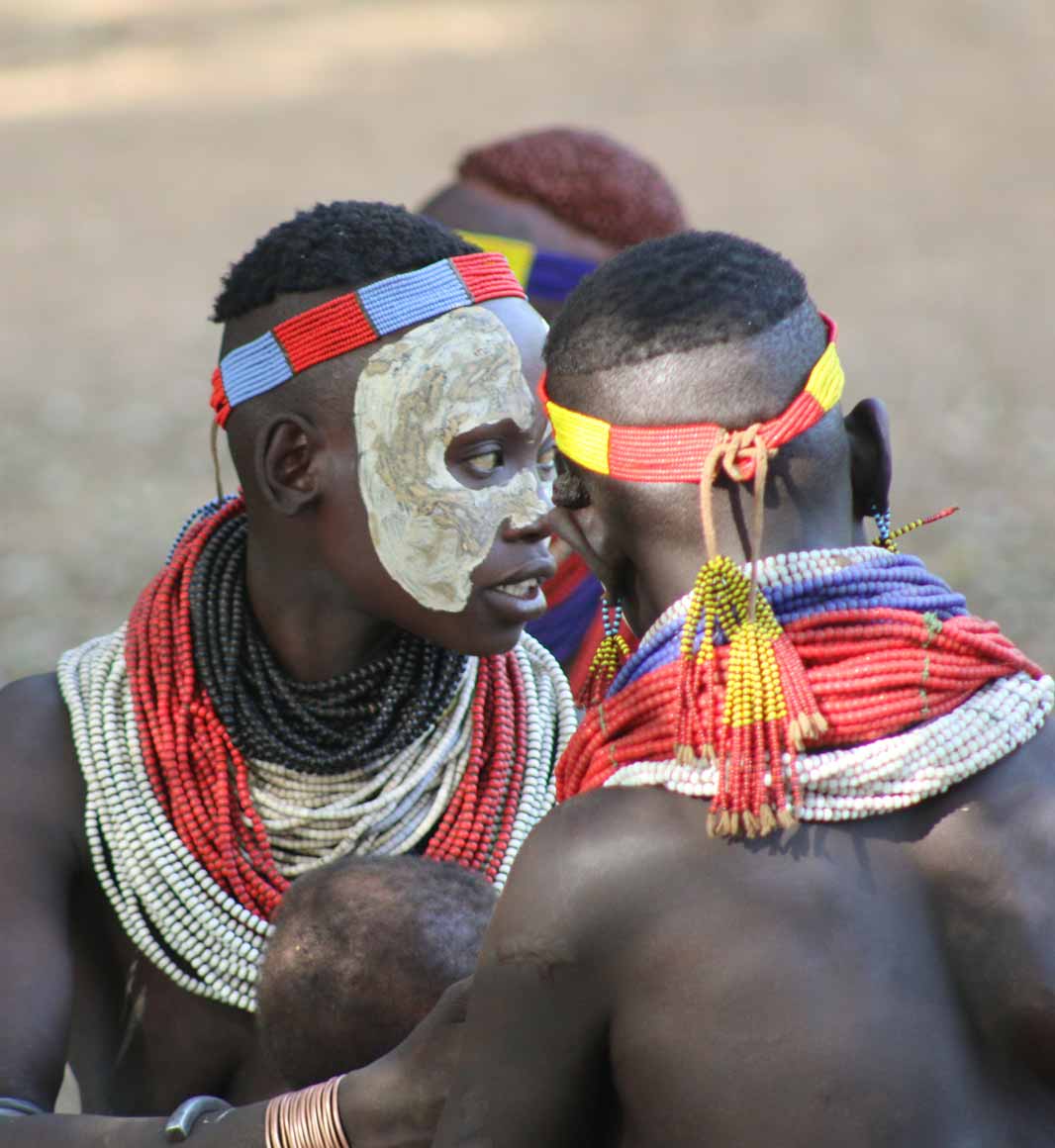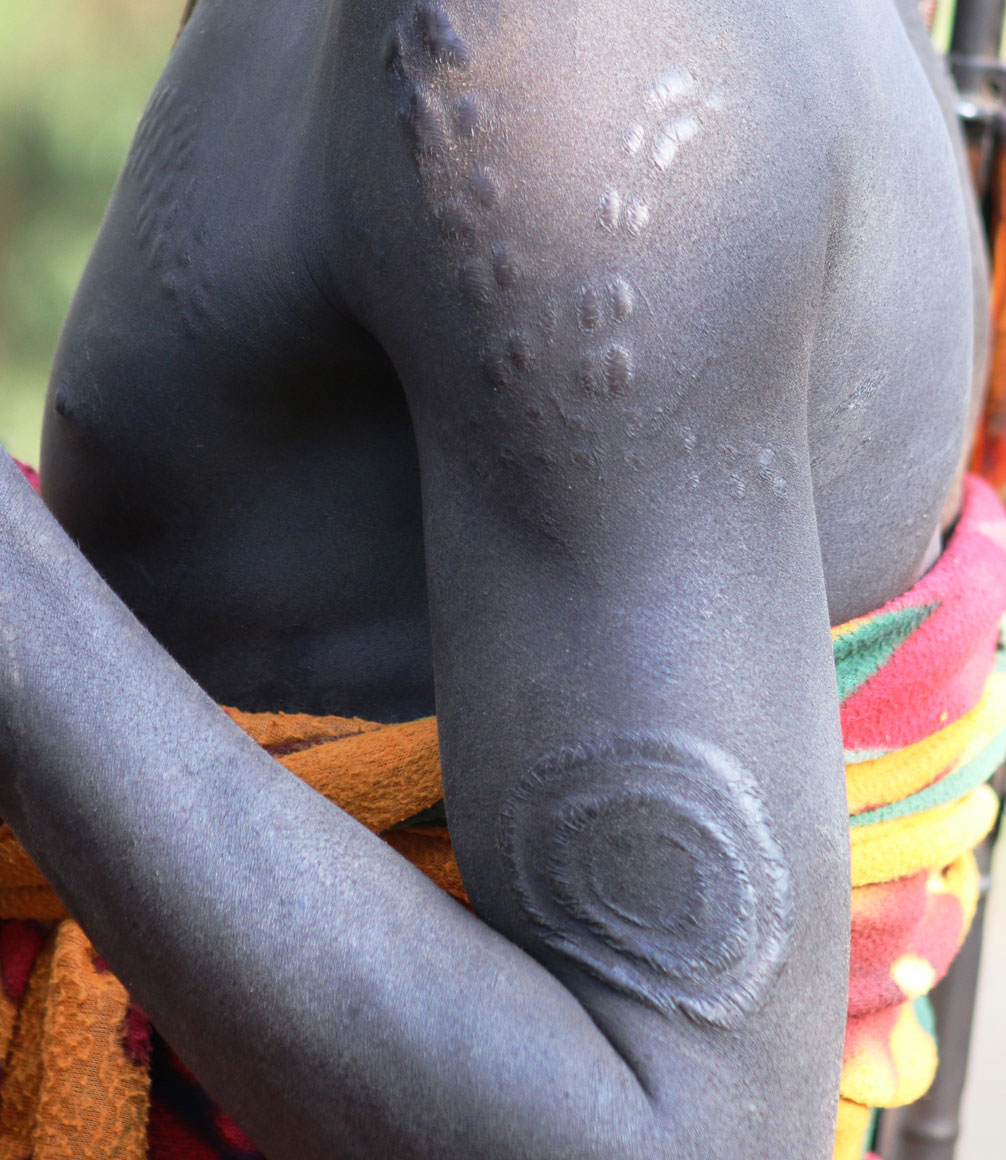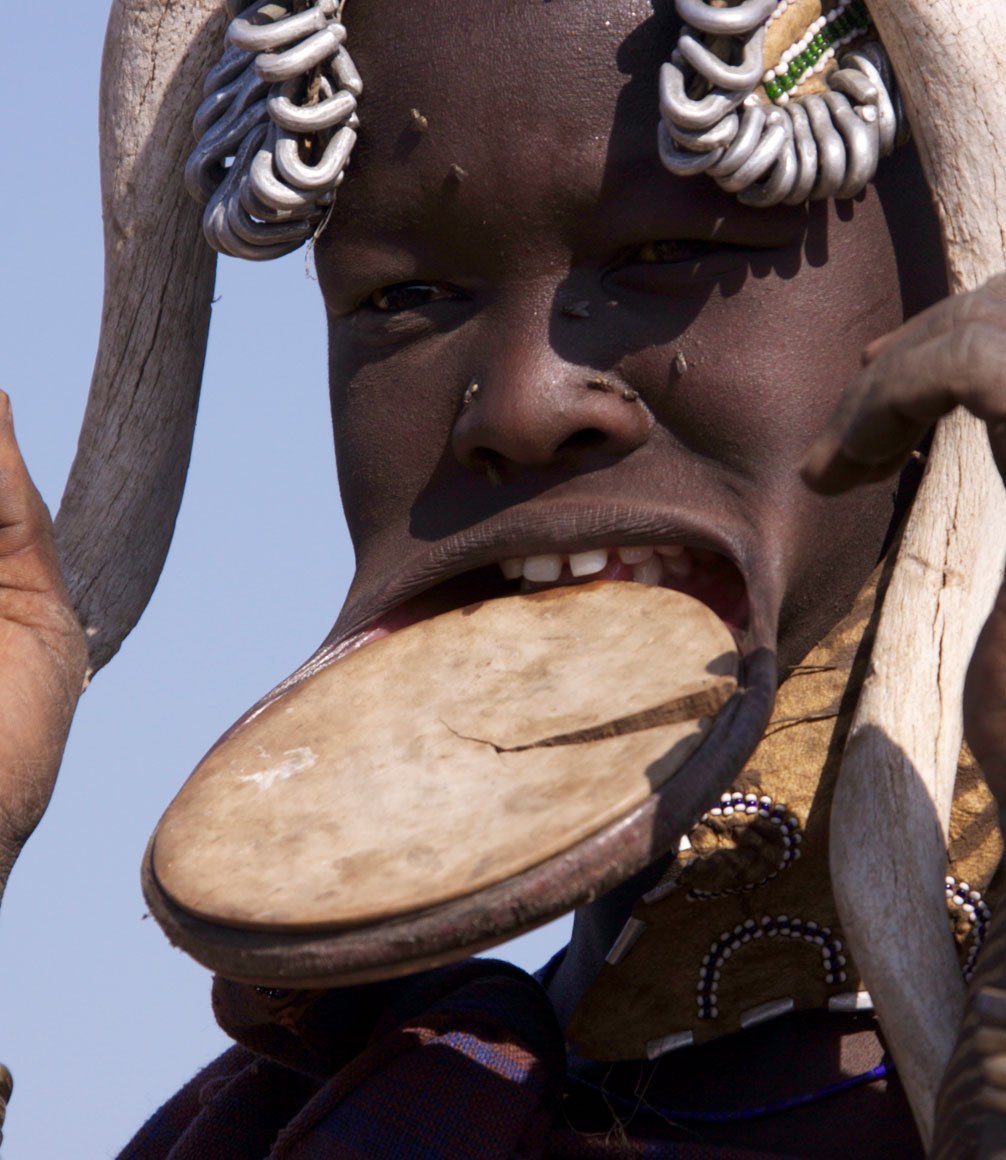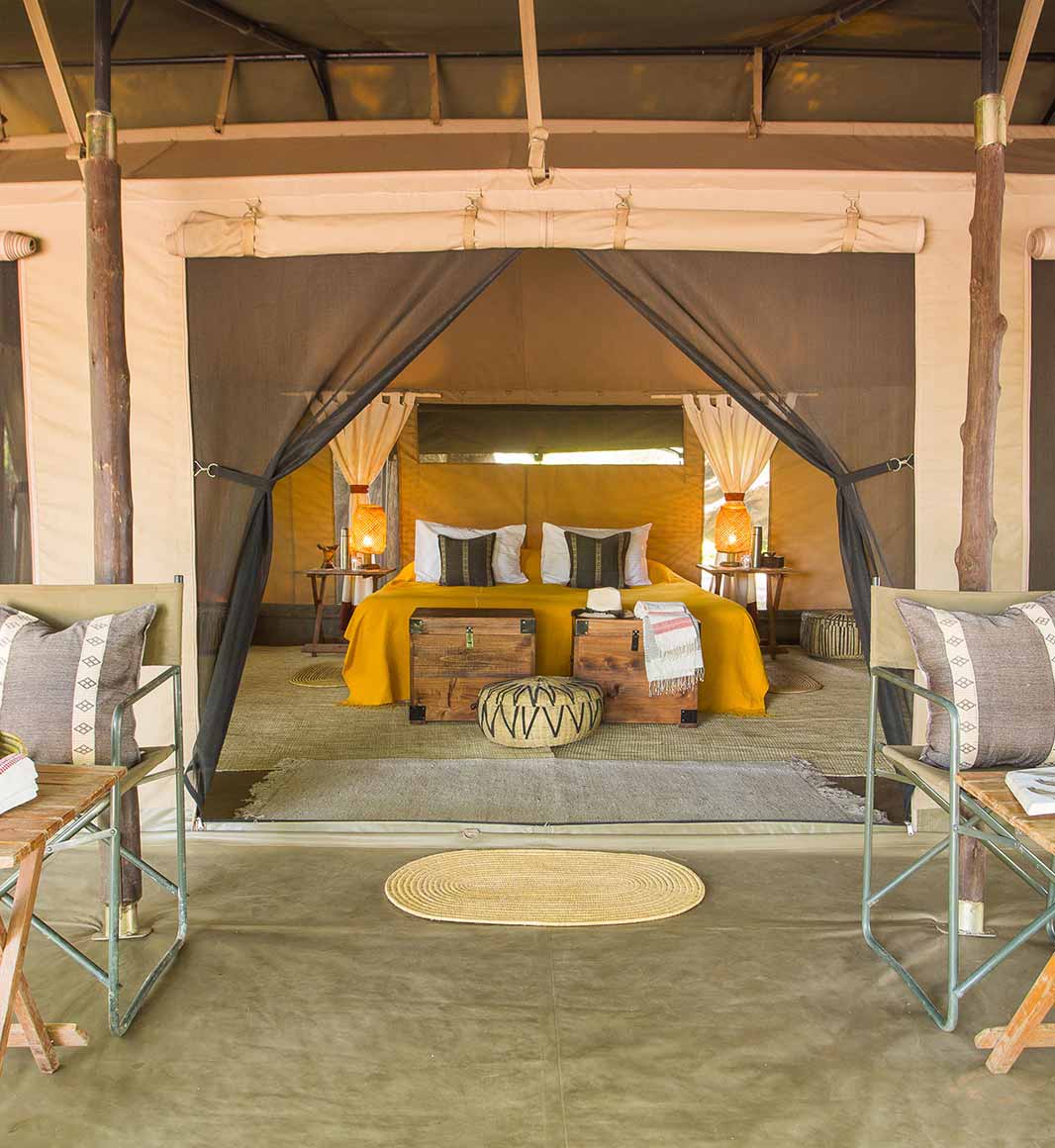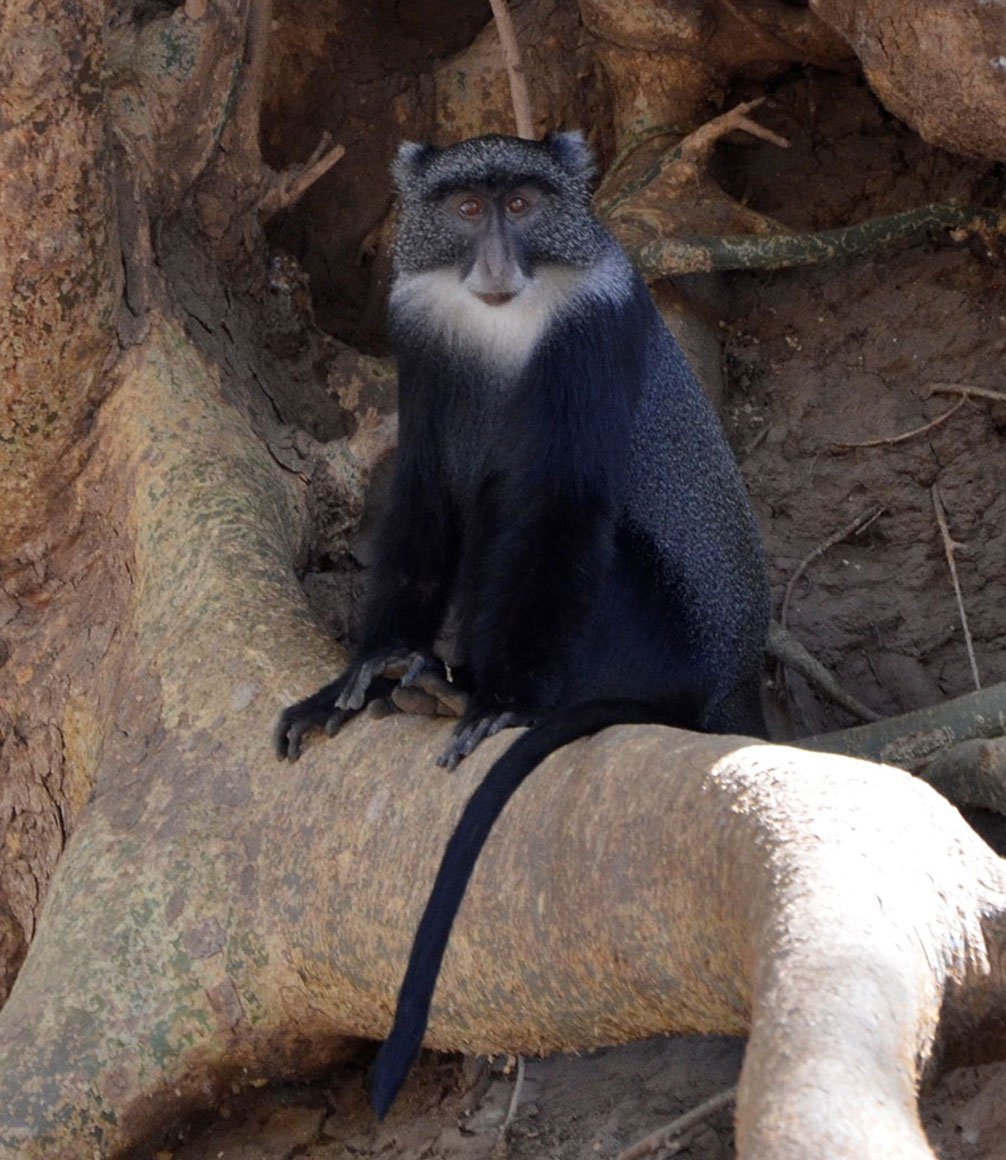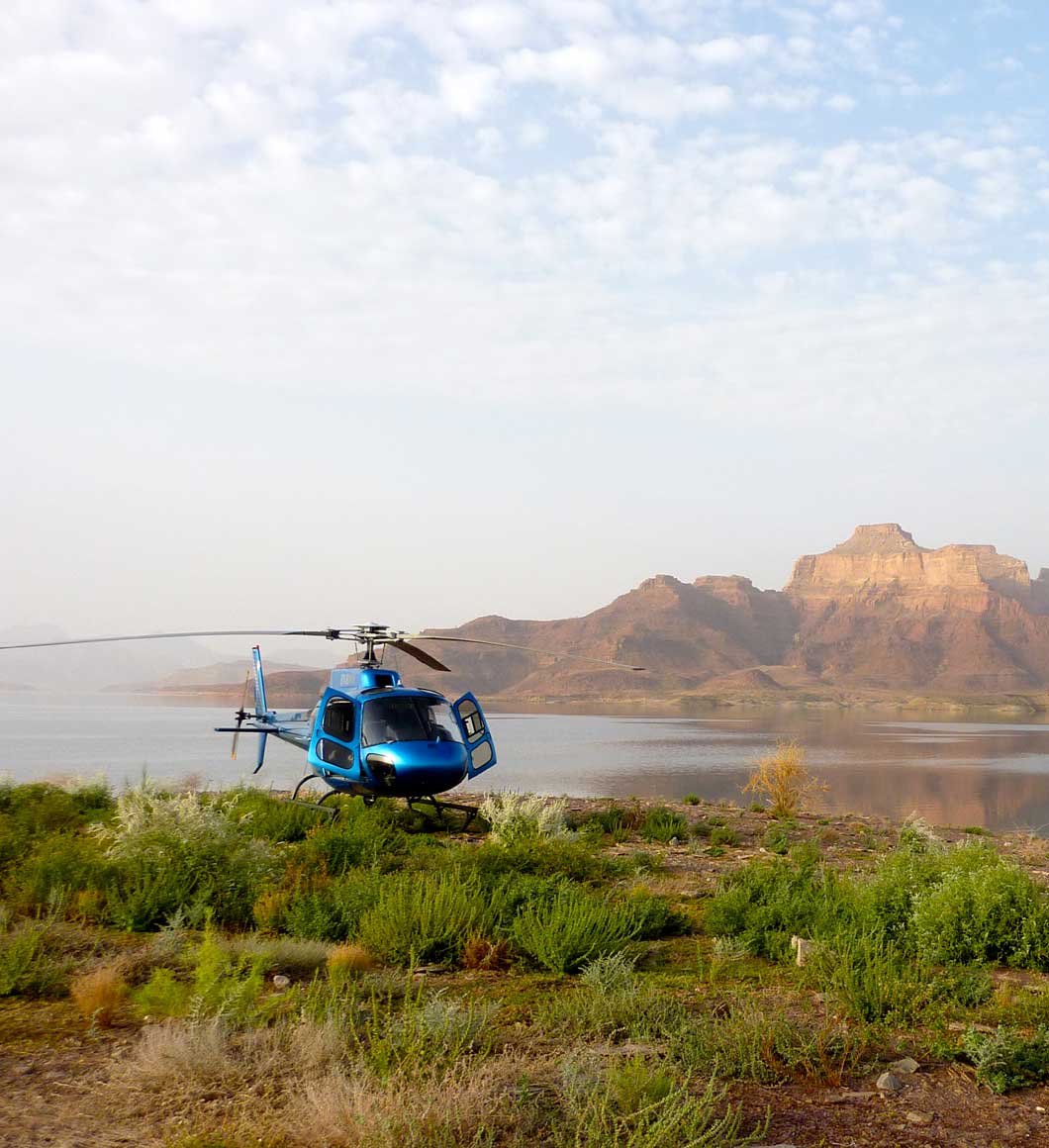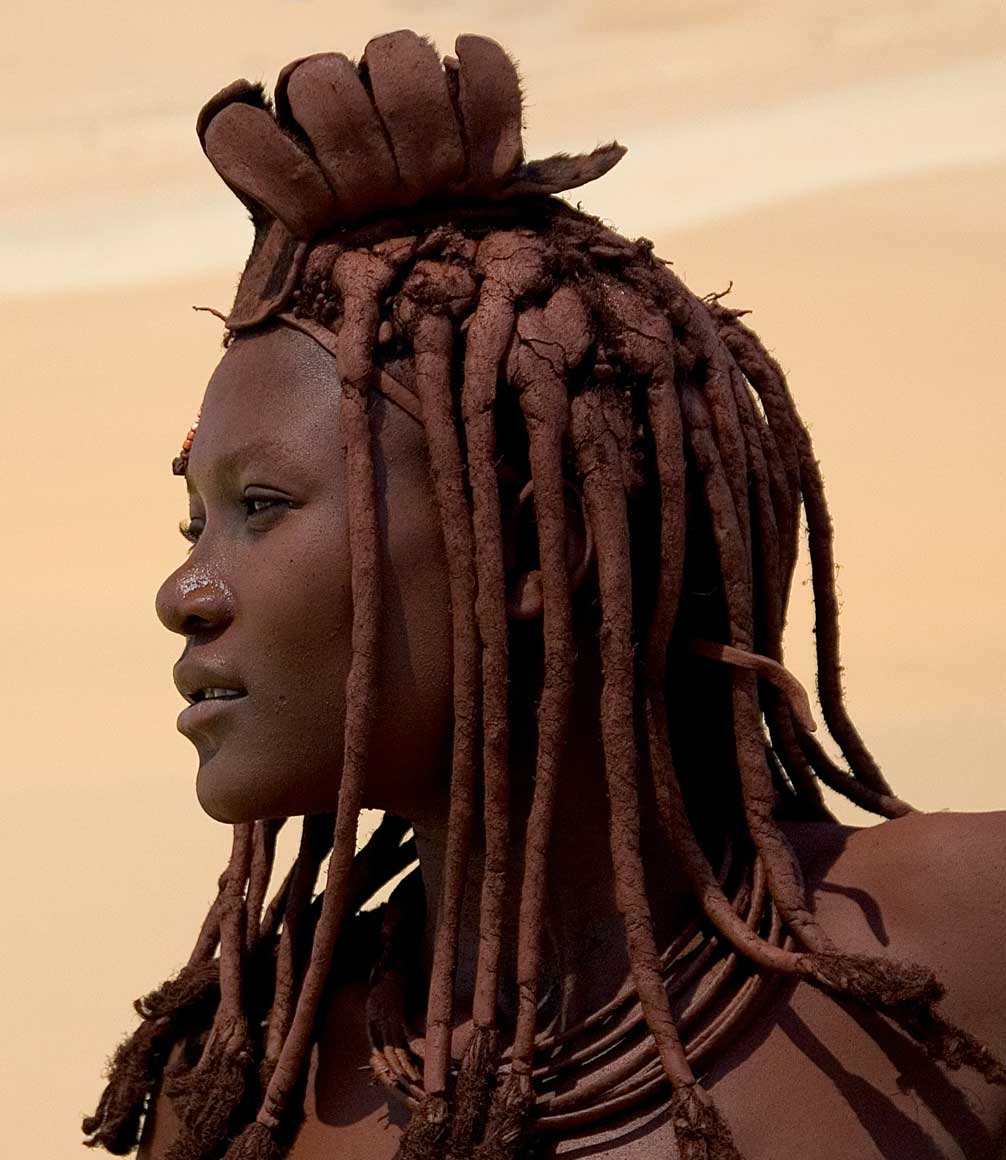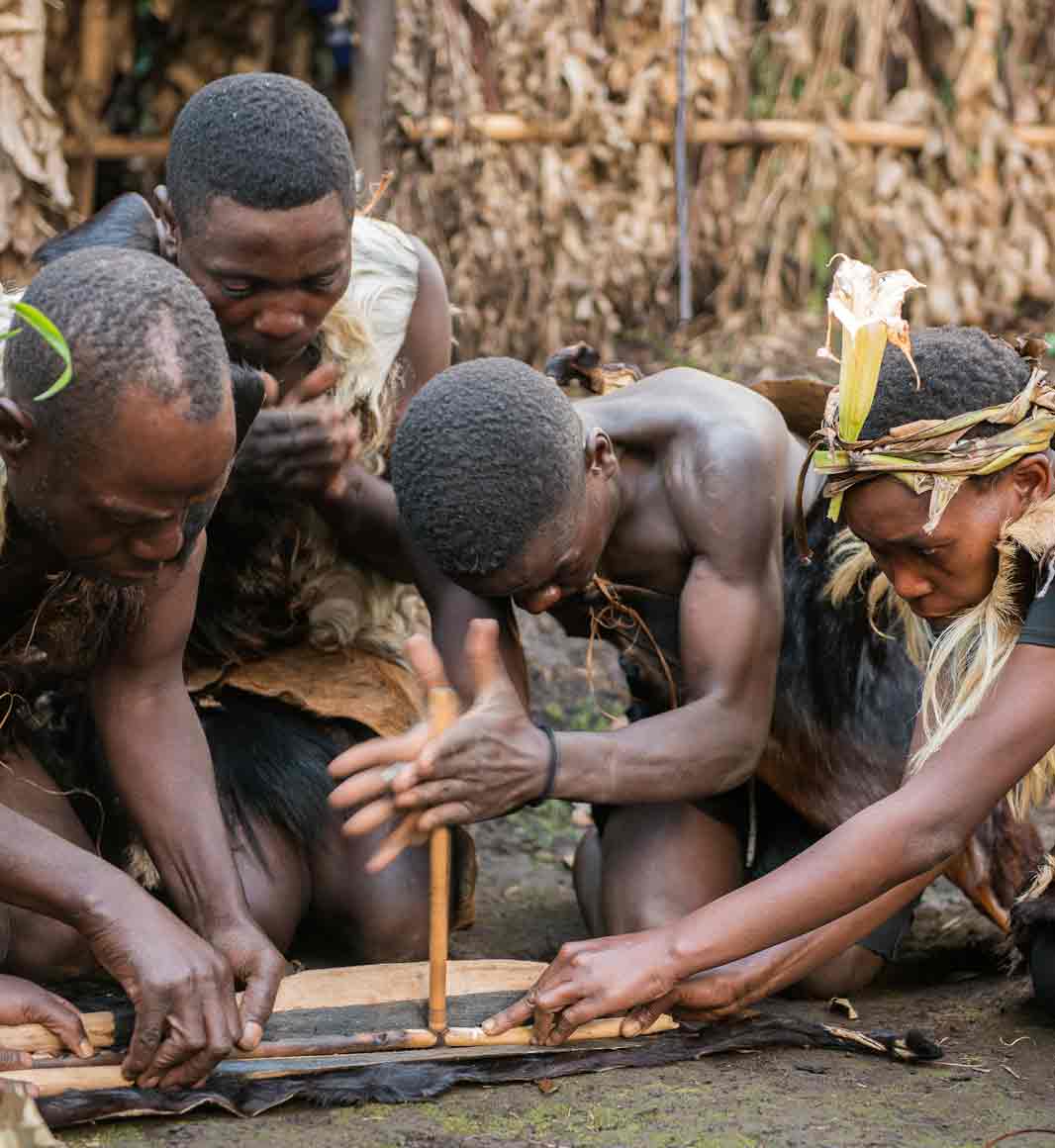Within the low-lying plains of southwestern Ethiopia, an extraordinary region can be found. Home to some of the oldest cultures in Africa, life here is a very different experience for the outside visitor. Head south past the Rift Valley lakes where the landscapes transform into a dusty savannah environment as you arrive in the tribal heartlands beyond Arba Minch and Jinka.
A visit to the Omo Valley is a truly extraordinary adventure, where you’ll experience the great privilege of meeting with diverse tribal communities that have lived here for countless generations, almost entirely untouched by Western civilisation. Discover daily life on the Omo River, one of the most culturally diverse locations in the world and the most important waterway on the continent. Raw and authentic, this humbling experience represents the very essence of Africa.
Highlights of visiting the tribes of the Omo Valley
"Scattered across the arid landscape, you’ll gain a deeper understanding of how these tribes survive in the savannah."
Travelling with Explorations, you’ll discover that our priority is showing the utmost respect to the people we meet along the way. We always work with tribes on their terms and ask the elders for permission to observe ceremonies from a respectful distance. There are several different tribes including the Mursi, Hamer, Kara, Nyamatong, Kuegu, Arbore, Ari, Daasanach and Turkana. Spend time visiting these indigenous communities to witness their customs and observe their lifestyles.
With access to some of the best guides in the country, you’ll venture far off the beaten track. Your journey will take you to several areas, each offering magnificent surroundings to explore, from the mountains towards Mago National Park to the islands of the delta and Ethiopia’s section of Lake Turkana. Each tribe has a unique way of life, from language and dress to rituals and traditions. Meet the Kaoa tribe with their visually striking body paint and personal decoration, or visit the Hamer tribe (who reside along the Omo River in small grass and mud huts) to see their bull jumping ceremonies. Scattered across the arid landscape, you’ll gain a deeper understanding of how these tribes survive in the savannah.
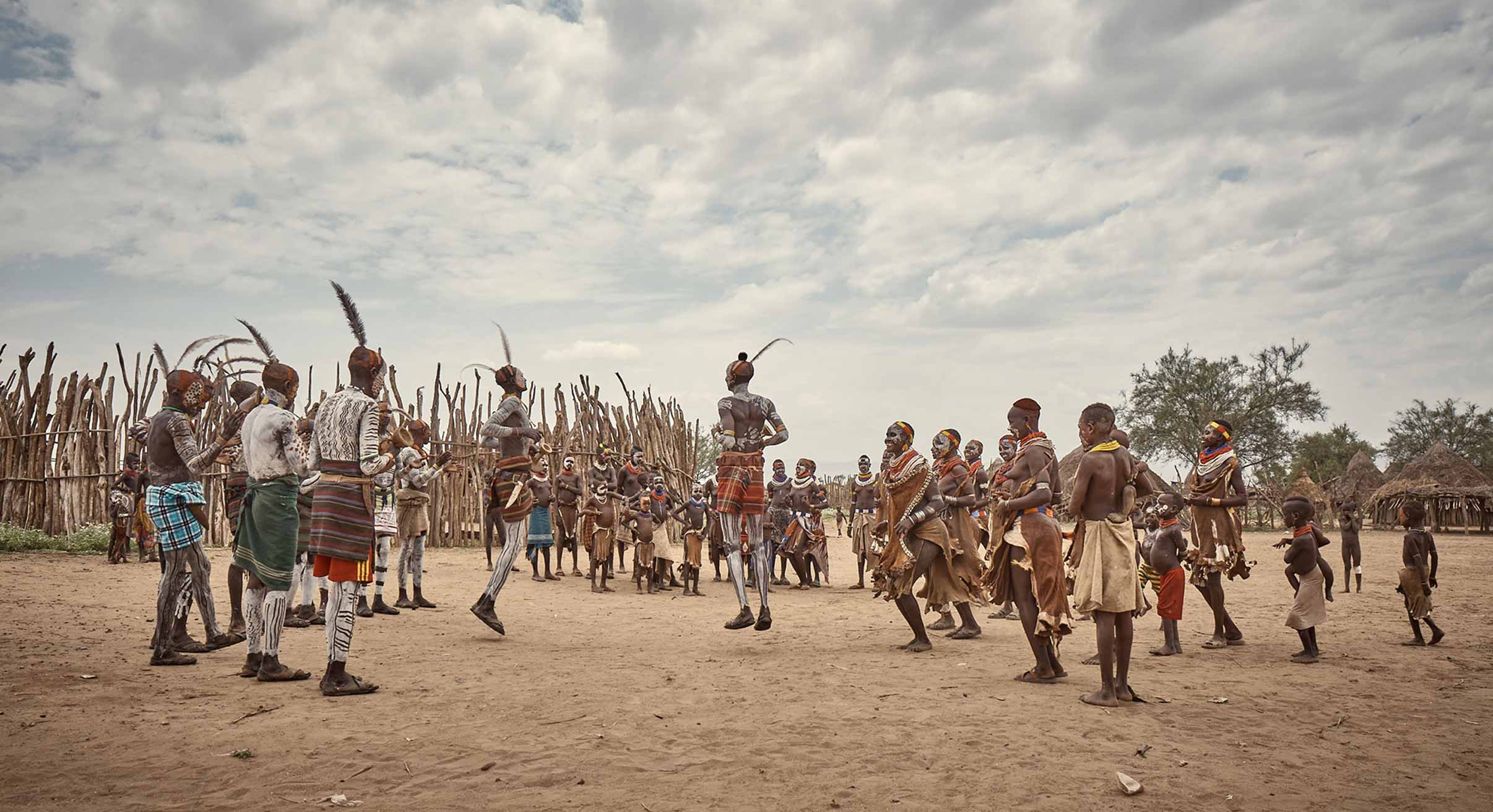
The Kara community, Omo River (©Andy Haslam)
Given the diversity of the terrain, there are various ways to explore the region from walking between villages and driving to the most far-flung regions to visiting fly camps by boat. Cruising along the river also provides a wonderful opportunity to glimpse wildlife and discover the tranquil riverine forests.
Experiencing cultural interactions with the fascinating tribes of the Omo Valley offers a whole new perspective on the world as you know it. Powerful in its simplicity, it’s an incredibly enriching life experience and one that will always stay with you.
Ready to take the road less travelled?
